Keratoconjunctivitis sicca, better known as dry eye disease, is a chronic condition that affects millions of people.
Artificial tears and eye drops are common treatments, but some patients find that using them makes their symptoms worse. In most cases, this reaction is caused by compounds that maintain the sterility of multidose drops. Here’s what you need to know about preservative-free eye drops versus regular eye drops for dry eye treatment and relief.
What is Dry Eye Disease?
Dry eye disease occurs when a patient’s eyes don’t produce enough tears or when tears evaporate too quickly. Common symptoms include:
- Dryness
- Burning/stinging
- Sandy or gritty eye irritation that gets worse throughout the day
- Pain
- Redness
- Feeling like there’s something stuck in your eye
- Excessive watering/tearing
Dry eye disease can be caused by a multitude of underlying problems. If you consistently suffer from dry eyes, consult a healthcare professional to rule out potentially serious conditions. Left untreated, dry eye disease can lead to scarring of the cornea.
How is Dry Eye Disease Treated?
Treatments for dry eye disease typically include artificial tears, medicated eye drops, and lid hygiene (warm compresses, lid massage, and/or lid wipes). The precise treatment will depend on the underlying cause and severity of the condition.
Preservative-Free Eye Drops vs. Regular Eye Drops
- Regular Eye Drops Many standard eye drops include preservatives to keep them sterile and extend their shelf life. The most commonly used preservative is benzalkonium chloride (BAK). Although BAK effectively maintains the sterility of eye drops, it can worsen symptoms of dry eye disease by irritating the surface of the eye and increasing inflammation.
- Preservative-Free Eye Drops These eye drops are designed to avoid the adverse effects caused by preservatives like BAK. They come in single-use vials to maintain sterility without the need for preservatives. They are now also available in special multi-dose bottles. This can make them more expensive and less convenient, but they are generally considered safer and more comfortable for those with sensitive eyes or severe dry eye disease.
Why Use Preservative-Free Eye Drops?
- ·Preservative-free eye drops reduce irritation and inflammation caused by preservatives. This makes them a superior choice for those with sensitive eyes or those who experience more severe symptoms with regular eye drops.
- Preservative-free options are safer for long-term use for patients who need to use eye drops frequently. They do not carry the risk of cumulative damage to the eye surface that preservatives can cause over time.
- Preservative-free eye drops are often more effective in patients with severe dry eye disease. Studies have shown that preservative-free formulations significantly improve symptoms while showing little to no adverse effects.
- Preservative-free eye drops are also indicated for people who need to use other prescription eye drops regularly (e.g. for glaucoma treatment or before/after cataract surgery).
Are There Alternative Preservatives?
Some products use preservatives other than BAK. Oxidizing preservatives, for instance, don’t affect the eye surface as much as BAK does. However, research in this area is ongoing, and while these products may work well for people dealing with mild or moderate cases of dry eye disease, they’re unlikely to be suitable for those dealing with severe cases.
Get Preservative Free Eye Drops for Dry Eye Disease
The best way to determine the correct eye drops for your condition is to consult your eye doctor. At Optometrists Clinic Inc. in Edmonton, Leduc and Westlock, our team of eye care professionals can help you find the most suitable treatment for your dry eye disease. Whether you need preservative-free eye drops or other treatments, we are here to provide expert advice and care. Contact us today to schedule a consultation. Let us help you achieve clear, comfortable vision with the best eye care solutions.



